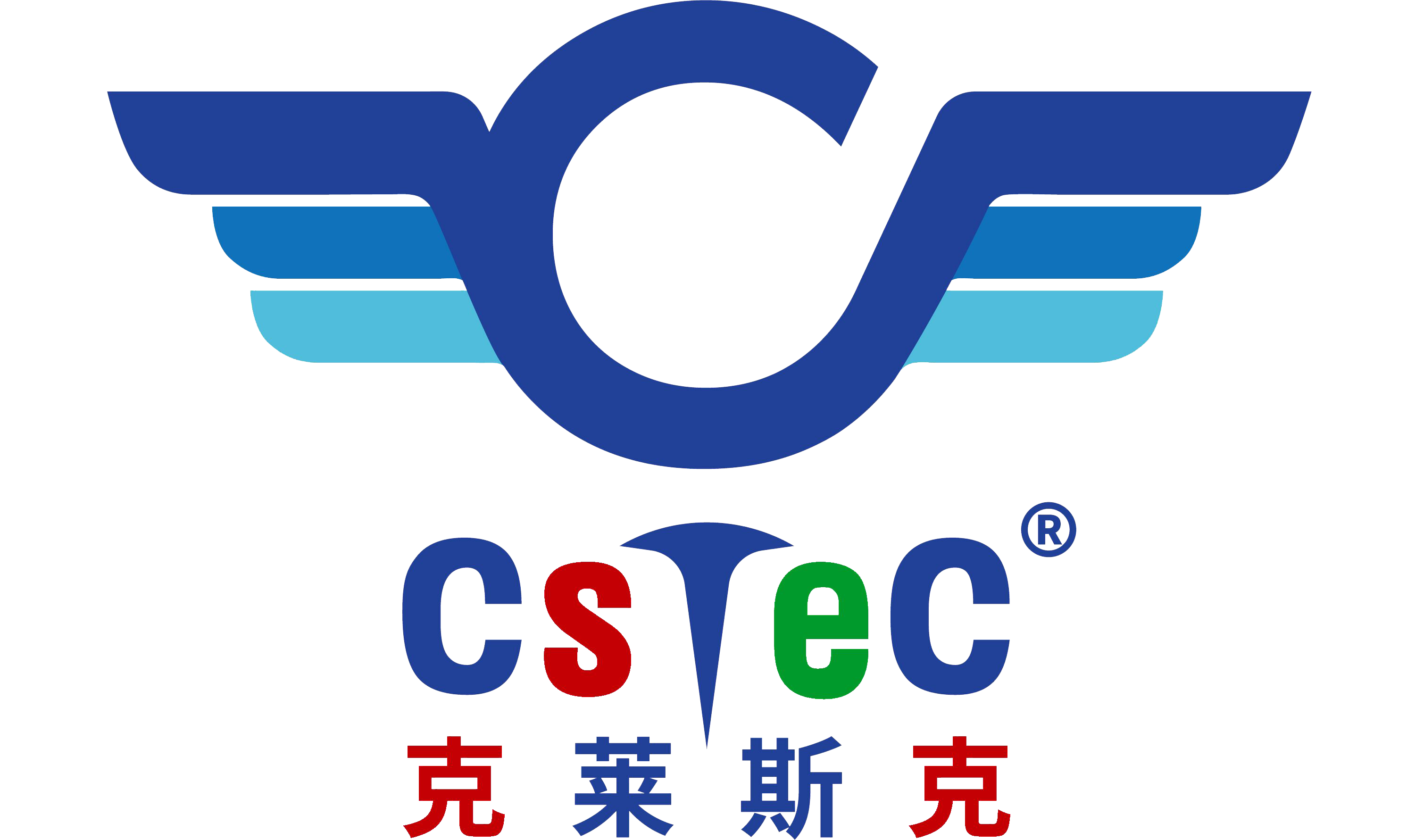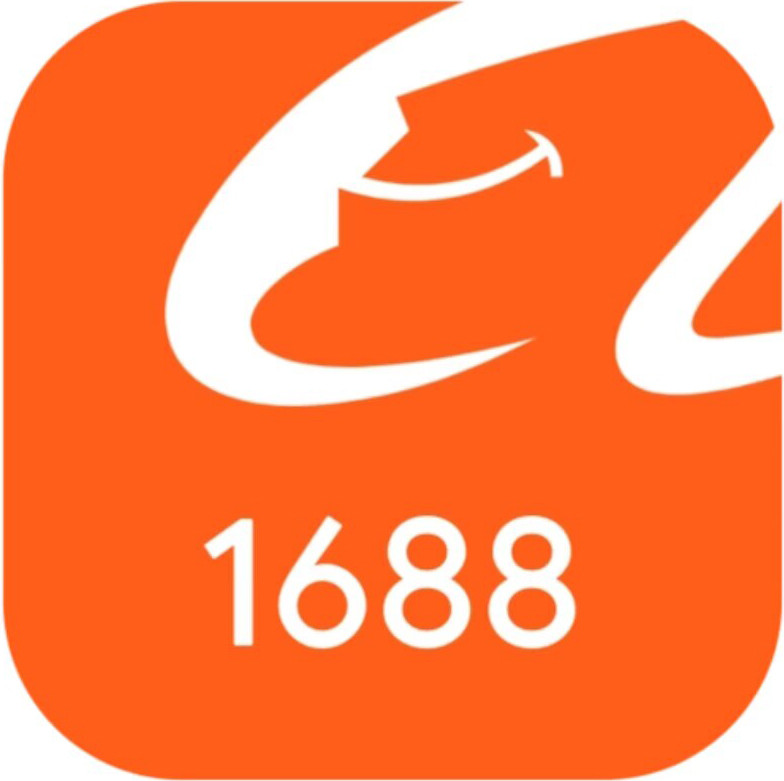Latest Technology
Latest Technology

Salunda, Transocean agree to exclusive licensing deal for HaloGuard safety system
Salunda has signed exclusive license agreement with Transocean to make, develop and sell HaloGuard, a safety system that integrates camera and sensor technology with drilling equipment and machine controls.The system combines real-time location technology together with a machine vision system. The technology is designed to locate personnel on the drill floor during operations. When a crew member comes within a certain distance from working equipment, he or she is notified by an alarm through a wearable device. In the event the crew member remains near the equipment, the system can pause the equipment from moving until that worker returns to

Schlumberger introduces Neuro Autonomous Solutions
Schlumberger has introduced its Neuro autonomous solutions, which use advanced cloud-based software and connected intelligent systems to create a continuous feedback loop between surface and downhole. This significantly increases the efficiency and consistency of E&P operations while reducing human intervention and footprint.“Neuro autonomous solutions transform hydrocarbon exploration and development workflows for the well construction process today and lay the groundwork for our customers to achieve fully autonomous operations tomorrow,” said Abdellah Merad, EVP, Core Services & Equipment, Schlumberger. “Over the next several years, we will scale autonomous solutions across the energy value chain to revolutionize our industry’s operating model and

Nabors, Well Data Labs engage in project to build machine learning model to optimize well planning, performance
Machine learning techniques are nowadays often used to analyze historical well data, allowing drilling contractors and operators to optimize performance while drilling new wells and predict outcomes in real time. In this interview with DC from the 2022 IADC Advanced Rig Technology Conference in Austin, Texas, on 31 August, Allan Nandlal, Product Manager at Well Data Labs, and Malini Manocha, Director of RigCLOUD at Nabors Industries, discuss the results of a collaborative project in which the two companies developed a machine learning model to help predict and optimize well planning and real-time operations. The two speak about the methodology used

Safety tools in the digital age: Intelligent tracking systems provide new methods of keeping personnel out of harm’s way
Digital technologies have become an increasingly important part of the driller’s safety toolbox. In particular, companies are looking to AI-based monitoring systems and wearable alert devices to better track and manage crew movement on the rig, enhancing their capability to keep people away from potential hazards.More and more, leveraging these high-tech devices is also seen as an important part in the continued modernization of drilling rigs – something that is enabling companies to “assemble the crews of the future,” said Travis McGuire, Operations Performance Manager at Transocean. Today’s drilling rigs are changing fast, he said, and companies incorporating augmented learning

Fully autonomous drilling at scale inches closer to reality, but challenges remain
Nabors Industries has been at the forefront of automated drilling systems in recent years, with the company deploying, among other things, a fully automated land rig featuring its SmartROS operating system. In a presentation at the IADC World Drilling 2022 Conference in Paris, Ram Murthi, the company’s Senior Manager of Controls and Automation, said these initiatives have been a part of Nabors’ pathway to enabling fully autonomous drilling at scale. Speaking to DC in this exclusive interview, Mr Murthi explains how close the industry is to seeing that ambition turn into reality, as well as the biggest remaining hurdles. Mr

Highly instrumented tool string platform delivers greater control, power distribution in completion manipulations
Electric line-powered toolstrings – consisting of a wireline tractor, stroker and a shifting tool – are commonly used to manipulate downhole completion components like formation isolation valves, inflow control valves and sliding sleeves. However, as operators drill more complex wells with smaller inner diameters, these toolstrings have become more difficult to deploy. “We need more complex devices to navigate through these restrictions,” said Payam Tabrizi, Engineering Project Manager and Systems Architect at Altus Intervention. “We need devices with features like high expansion anchoring and improved shifting capabilities, and we need devices that can deliver the force needed to effectively manipulate


